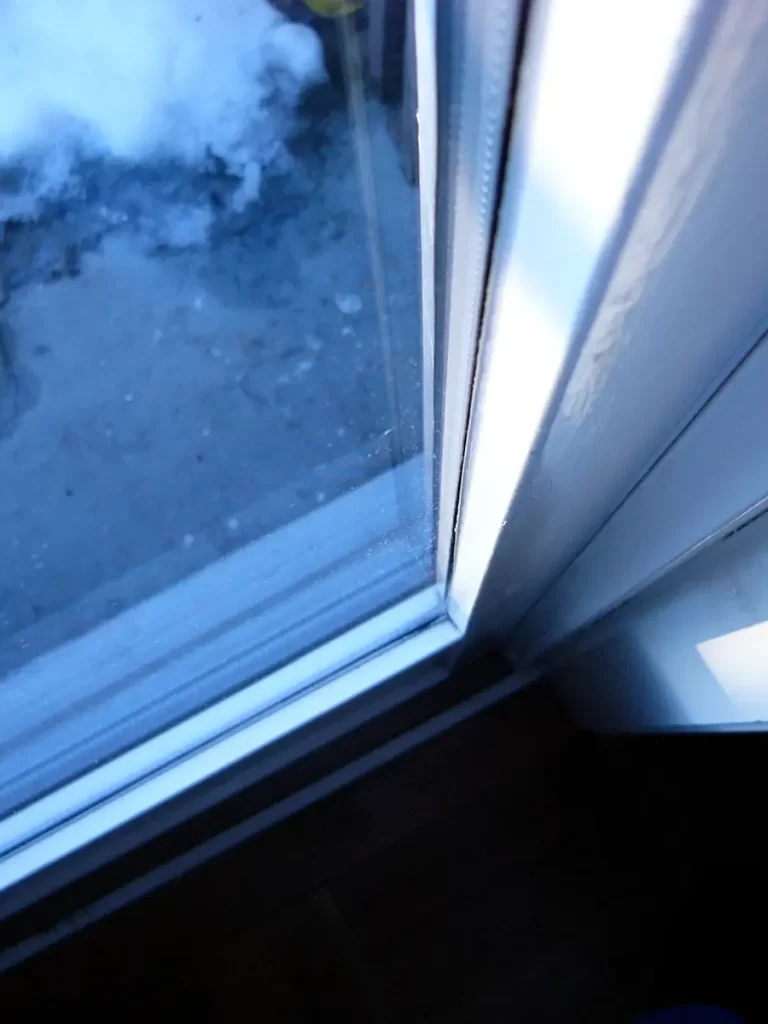The “best” sliding glass door is one that meets your specific priorities:
Long-lasting materials for harsh climates.
Energy efficiency for lower utility bills.
Security features for peace of mind.
Style that complements your home.
From my own experience, fiberglass tends to outperform other materials in tough climates, while vinyl remains the go-to choice for homeowners on a tighter budget.
Patio doors: The classic two-panel design.
Pocket sliding doors: Disappear into the wall for space-saving.
Bi-fold doors: Fold like an accordion, ideal for wide openings.
Multi-slide systems: Panels stack for seamless indoor-outdoor living.

If you want a door that lasts decades and resists extreme weather, fiberglass is the winner. It doesn’t warp, and when paired with Low-E glass, it’s one of the most energy-efficient options. Personally, I’ve seen fiberglass doors perform impressively in coastal areas where humidity and salt air destroy other materials.
Vinyl is the budget-friendly champion. It’s low maintenance and resists rot, making it a great choice for most households. However, it’s not as durable as fiberglass, especially in regions with dramatic temperature swings.
Aluminum frames are thin, which means more glass and better views. The downside? They conduct heat and cold easily, making them less efficient in extreme climates.
Wood-clad frames offer a luxury aesthetic. But they require regular maintenance, and without proper care, they can warp or rot.
Energy bills can skyrocket if your sliding glass door isn’t efficient. Low-E coatings reflect heat while allowing natural light in. In my opinion, upgrading to double or even triple glazing is worth it in cold or very hot climates.
Cold climates → Triple glazing and fiberglass frames.
Hot climates → Low-E with UV protection.
Moderate climates → Vinyl with double glazing often works just fine.
If you live near a busy road or urban area, laminated or double-pane glass dramatically reduces outside noise.
Standard single locks are too easy to bypass. A multipoint lock secures the door at several points along the frame—something I always recommend for sliding doors.
For added security, choose laminated or tempered glass. Laminated stays in place even when cracked, while tempered breaks into small blunt pieces rather than sharp shards.
Simple add-ons like security bars, foot locks, or even smart locks can make a big difference.
Known for premium quality and longevity. Andersen’s fiberglass and wood-clad models are excellent for harsh climates.
Pella strikes a balance with strong energy-efficient options at a reasonable price.
Milgard stands out for its lifetime warranty and wide customization choices.
Marvin focuses on design-driven, luxury solutions. Ideal if aesthetics matter as much as performance.
Budget vs. Long-Term Value: Vinyl is affordable, but fiberglass saves money on energy in the long run.
Matching Style with Architecture: Wood-clad suits traditional homes; aluminum frames are perfect for modern spaces.
Climate and Maintenance Considerations: Fiberglass for harsh conditions, vinyl for mild climates, and wood for style-conscious homeowners willing to maintain it.
In my case, I’ve always leaned toward fiberglass because of its unmatched combination of strength and efficiency, especially when paired with Low-E double glazing.
Fiberglass with Low-E triple glazing.
One with laminated glass and a multipoint locking system.
Yes—fiberglass is more durable and efficient, but vinyl is more budget-friendly.
Typically 20–30 years, depending on material and maintenance.
Contact Perfect Sliding Doors today for a free estimate and fast reliable service.
Send us an email and we’ll respond within 24 hours.
Give us a call Monday – Friday from 9AM – 6PM with any questions you have.
24/7 Emergency Service



Palm Beach County
Boca Raton, Highland Beach, Delray Beach, Boynton Beach, West Palm Beach, Jupiter, Palm Beach Gardens, Wellington, Palm Springs, Greenacres, Juno Beach Florida
Broward County
Parkland, Pompano Beach, Coral Springs, Coconut Creek, Margate, Deerfield Beach
Are you looking for sliding door repair services? If your sliding door is giving you the trouble we can help.
Perfect Sliding Doors has been in the sliding door business for over 12 years. We know our sliding doors inside and out, and we’ll make sure your sliding door operates smoothly.
Perfect Sliding Doors offers a wide range of sliding door installation and repair services. We’ll help you find the perfect sliding door for your home and provide the best installation and repair services around.
Sliding Doors, and Sliding Door Related Products. We offer the best sliding doors, sliding door installation, and sliding door repair services.